Cover Crops: Why Not Wheat?
I have attended several meetings the last few weeks where the topic of cover crops has been discussed at length by different speakers approaching the subject from different angles. The general focus of cover crop use at these meetings is to accomplish two different tasks: 1) Sequester nutrients either from highly erodible land or sensitive areas in watersheds and 2) help reduce erosion on highly erodible lands (HEL). Both are becoming, if not already are, a desirable result as we approach nutrient management, Nutrient Loss Reduction Strategy (NLRS) and reducing loads in impaired watersheds. In the meetings I attended [...]
Sorry Guys, There Are No Magic or Silver Bullets
It’s that time of year again, that time when all the fertilizer, chemical and seed dealers, reps and retailers have their winter meetings. It used to be that winter meetings were in February and March, but now they begin around Thanksgiving and last until field work begins. Winter meetings are great social events, as well as great places to pick up technical advice and pointers on crop inputs and to network. It is also the time when we go over test plots and side-by-side comparisons of various treatments. Again, all great learning experiences and well worth the time. It’s [...]
What Happened to the Double Crop Soybeans This Year?
2016 was a good year for double cropped soybeans. For those that had double crop soybeans this year the question is “What happened?” In many of the reports I have received, the answer is very high-yielding beans. In some cases, the double crops have out-yielded the full season beans. It is not uncommon to hear reports of double crop bean yields of 50 to 70 bushels per acre—double what we normally expect. So, what exactly happened this year that created those big yields? First off, we had a relatively early wheat harvest. And that wheat harvest occurred during the [...]
Agronomy: Getting Wheat Off to a Good Start
The success of your double crop enterprises in 2017 begins with planning for and planting wheat this fall. Looking to 2017 and our double crop soybeans begins with a good start to our fall 2016 winter wheat crop. What we do now can have a direct effect on the success of our double crop beans next year. So let’s looks at some time-proven tips to insure success not only in our wheat crop but potential success in out double crop soybeans. First is to ensure that we get a good even distribution of harvested residue this fall. Makings sure [...]
Agronomy: Prepare for wheat planting
If you are a double-cropper, the rotation all begins with the wheat you plant this fall, so it is important to do everything you can to get that crop off to a good start. As the 2016 harvest approaches, remember that what you do at harvest will affect stand establishment in your winter wheat. As you prepare grain bins, auger wagons, trucks and the combine to harvest corn and beans, you also need to prepare the wheat drill to plant behind them. What you do with the combine, grain carts and trucks in the field will affect the performance [...]
Agronomy: Harsh Conditions for Planting Double Crop Soybeans
While the early spring and long hot dry spell in June allowed wheat to mature early and harvest to occur about 5-7 days earlier than normal, field conditions at the time of harvest and afterward were quite variable for planting double crop soybeans. There were many instances of fields that were very dry and hard with little or no moisture in them, to fields that had some moisture down 2 inches and deeper. Some found moisture only in the “flat” areas of the field and nowhere else. Other issues also may have contributed to difficult planting. Most of the early [...]
Agronomy: Lodged Wheat: The Double-Crop Nightmare
To say that Southern Illinois has been blessed with rain this spring is an understatement. Here at our farm we have had over 9 inches of rain from April 1 until June 10. And that rain has also come with some storms. Those storms along with a fast-growing wheat crop and late-season nitrogen applications have come combined to give us something we don’t want—lodging. Lodging is a term used to describe wheat that has fallen down flat or has leaned over and rests against the plants next to it. Those plants resting against each other have a domino effect. There [...]
Agronomy: Considerations for Double Cropping
I was reminded today that wheat harvest is not far away. No, it wasn’t seeing a combine sitting out by a shed. It wasn’t even headed or flowering wheat. The sound of a helicopter flying on soybean seed was a reminder that wheat harvest is a little more than a month away and double-crop soybean planting is underway. How can that be? It’s still early May and many down here in Southern Illinois have yet to finish corn planting, let alone start much bean planting. There are two ways to get your double-crop beans planted early. One way is to [...]
Agronomy: Watch Those Wheat Fields: Weeds and Rust
Down here in southern Illinois most wheat growers plan to plant soybeans after harvesting winter wheat. Their goal is to generate more profit from two crops in a season than growing a single crop; if they achieve that, double-cropping will remain a popular rotation. The road to greater profitability begins with achieving high yields in wheat, followed by high yields in soybeans. The 2016 wheat crop in southern Illinois has two enemies “preying on the crop” right now: weeds and striped rust. Where did all these weeds come from? Well, a lot of wheat acres that got planted in the [...]
Agronomy: Spring Wheat Management – Time to Pay Attention
As we approach Easter here at the end of March the wheat crop across southern Illinois looks very good on the whole. Planting right at the fly free date, mild fall temperatures and adequate soil moisture aided in the establishment of a very good stand. The milder than usual winter has also aided in producing the nice, beautiful stands we see across the region. The only issues to date have been water ponding from heavy winter rains and some freeze/ice damage done right after some of those rains in February. This has left some low or wet areas with [...]

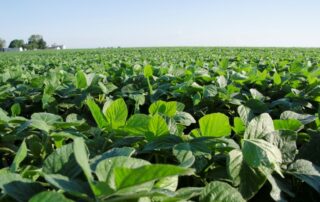
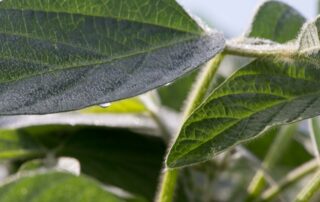
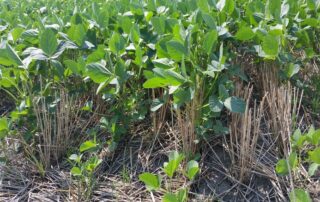
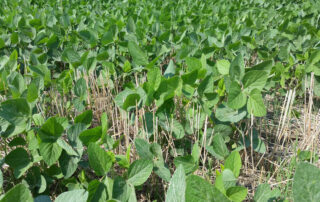
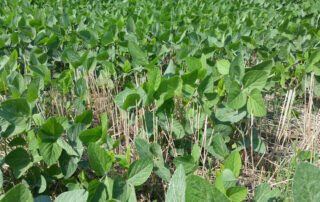
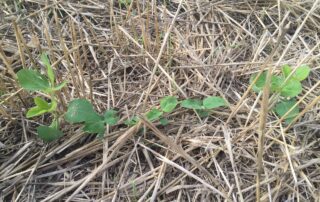
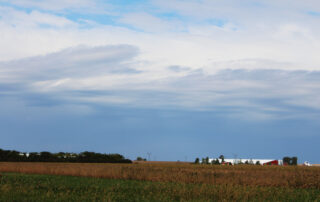
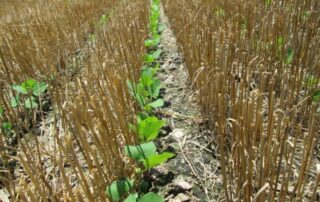
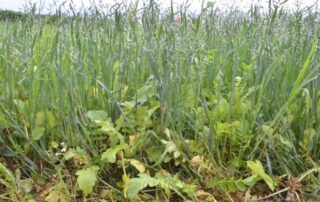
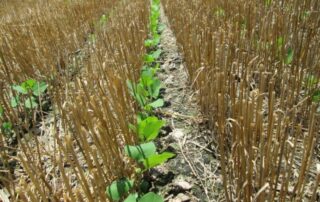

 and then
and then